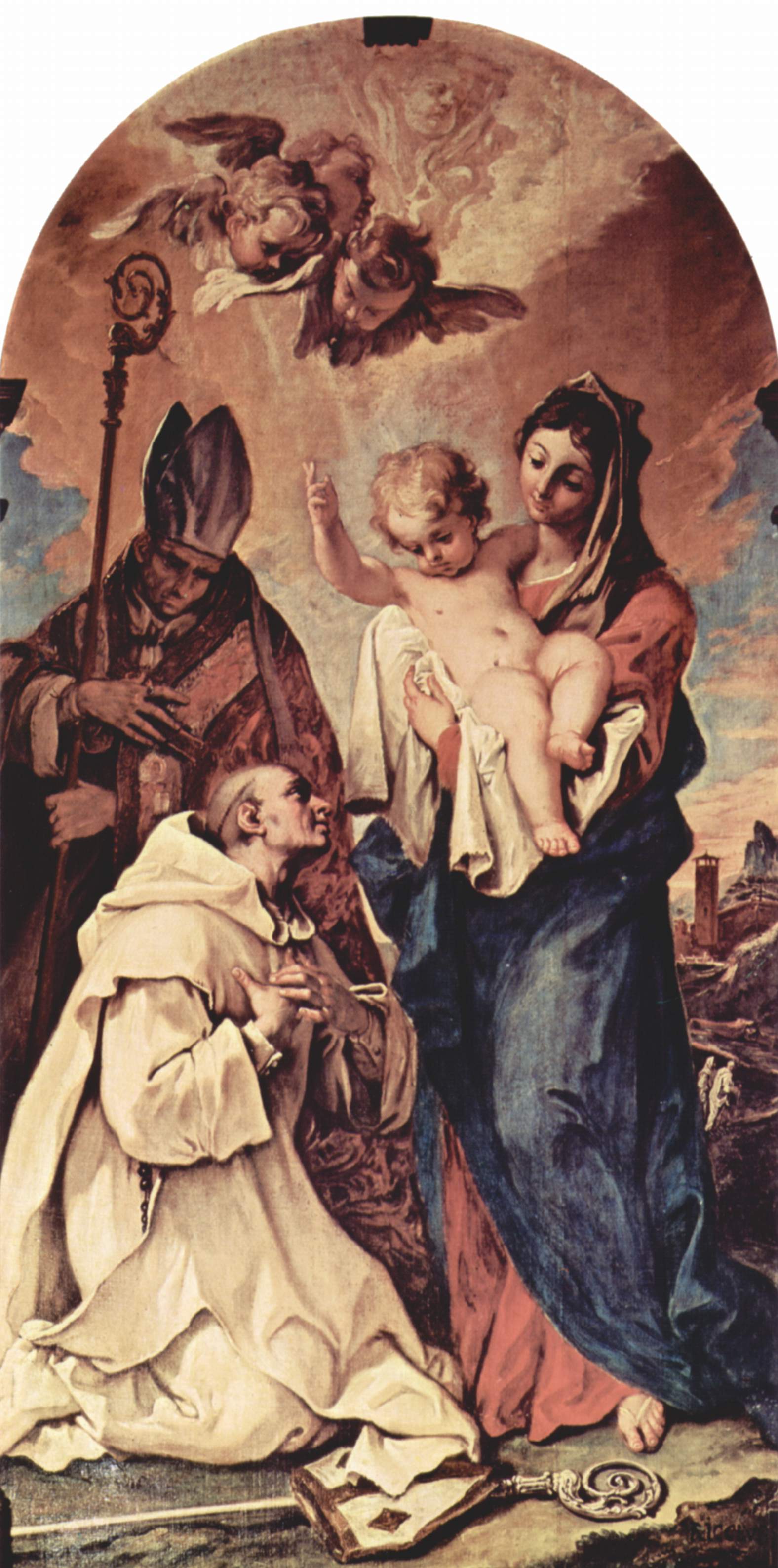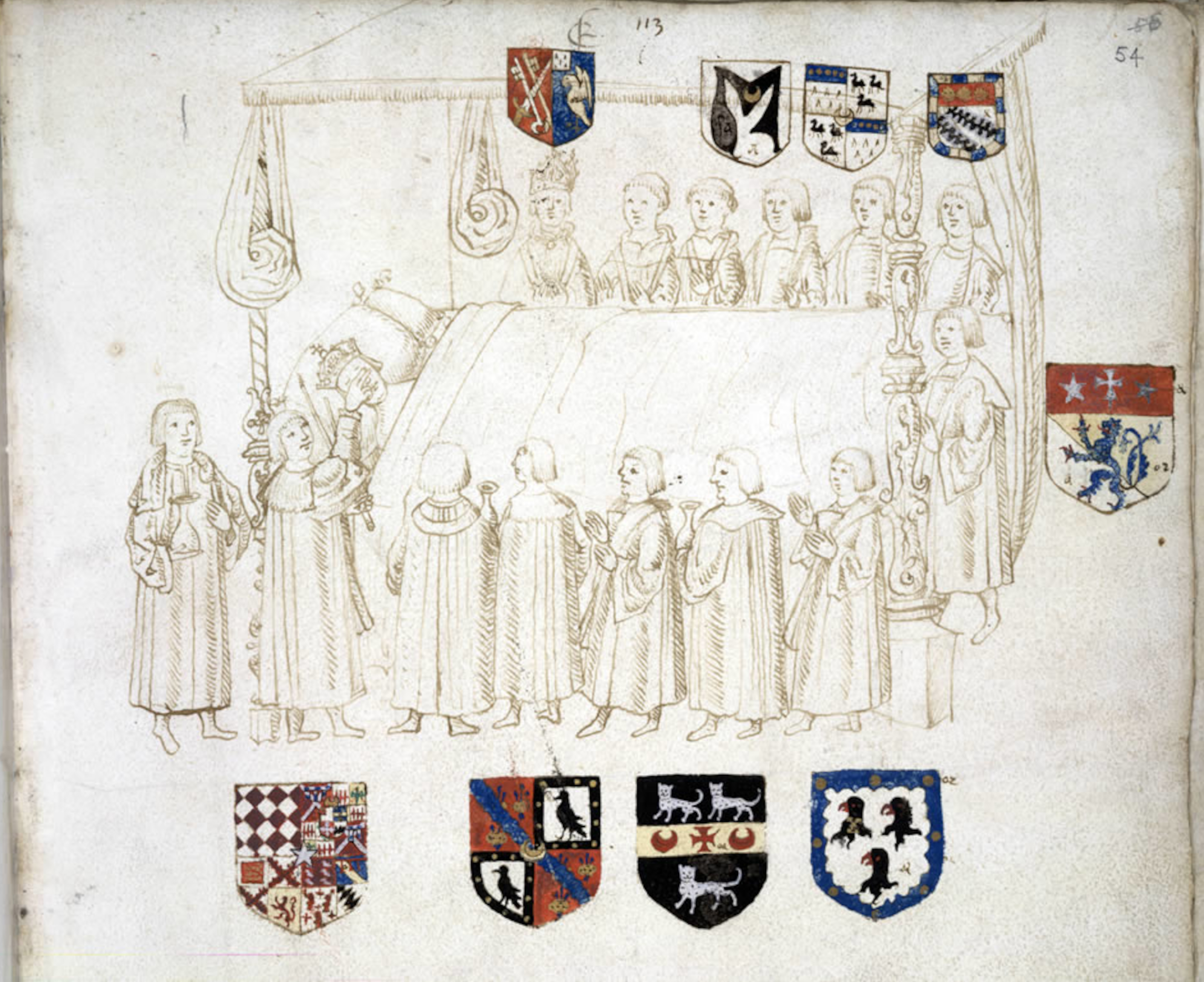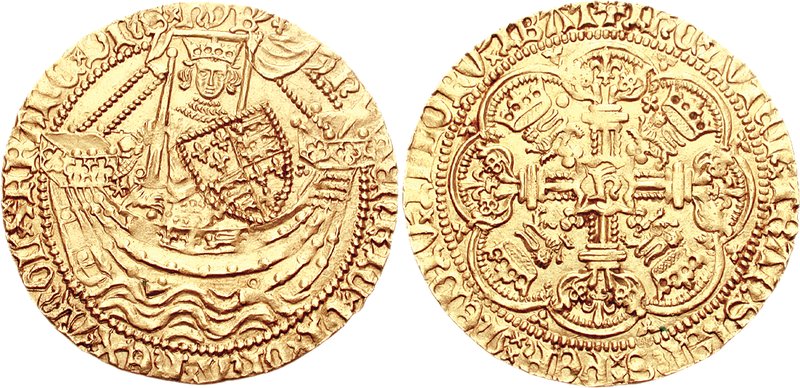|
Syon Monastery
Syon Abbey , also called simply Syon, was a dual monastery of men and women of the Bridgettines, Bridgettine Order, although it only ever had abbesses during its existence. It was founded in 1415 and stood, until its demolition in the 16th century, on the left (northern) bank of the River Thames within the parish of Isleworth, in the county of Middlesex, on or near the site of the present Georgian mansion of Syon House, today in the London Borough of Hounslow. It was named after the biblical holy "City of David which is Zion" (1 Kings 8:1), built on the eponymous Mount Zion (or Sion, Syon, etc.). At the time of the Dissolution of the Monasteries, dissolution, the abbey was the wealthiest religious house in England. Syon Abbey maintained a substantial library, with a collection for the monks and another for the nuns. When Catherine of Siena's ''Dialogue of Divine Revelation'' was translated into English for the abbey, it was given a new title, ''The Orchard of Syon'', and includ ... [...More Info...] [...Related Items...] OR: [Wikipedia] [Google] [Baidu] |
Anne Of Bohemia
Anne of Bohemia (11 May 1366 – 7 June 1394), also known as Anne of Luxembourg, was Queen consort of England, Queen of England as the first wife of King Richard II. A member of the House of Luxembourg, she was the daughter of Charles IV, Holy Roman Emperor and King of Bohemia, and Elizabeth of Pomerania. Her death at the age of 28 was believed to have been caused by Plague (disease), plague. Early life Anne had four brothers, including the Sigismund, Holy Roman Emperor, Holy Roman Emperor Sigismund, and one younger sister, Margaret of Bohemia, Burgravine of Nuremberg. She also had five half-siblings from her father's previous marriages, including Margaret of Bohemia, Queen of Hungary. She was brought up mainly at Prague Castle, and spent much of her early life in the care of her brother, King Wenceslaus IV of Bohemia. She could read German, Czech, and Latin. On her journey through Flanders on the way to her new life in England, she came under the protection of her uncle, Wence ... [...More Info...] [...Related Items...] OR: [Wikipedia] [Google] [Baidu] |
Archibald Kennedy, 1st Marquess Of Ailsa
Archibald Kennedy, 1st Marquess of Ailsa, Order of the Thistle, KT, Royal Society, FRS (February 1770 – 8 September 1846), styled Lord Kennedy between 1792–4 and known as the Earl of Cassillis between 1794 and 1831, was a British peerage, Scottish peer. Early life Kennedy was the eldest son of Archibald Kennedy, 11th Earl of Cassilis, Archibald Kennedy, 11th Earl of Cassillis, by Anne, daughter of John Watts. He became known by the courtesy title Lord Kennedy when his father succeeded to the earldom of Cassillis in 1792. Career Kennedy succeeded to the earldom on the death of his father 30 December 1794. He sat in the House of Lords as a List of Scottish representative peers, Scottish representative peer between 1796 and 1806. In the latter year, he was created Baron Ailsa, of Ailsa in the Ayrshire, County of Ayr, in the Peerage of the United Kingdom, which entitled him to an automatic seat in the House of Lords. He was admitted a Fellow of the Royal Society on 18 February 18 ... [...More Info...] [...Related Items...] OR: [Wikipedia] [Google] [Baidu] |
Richard Clifford
Richard Clifford (died 1421) was a Bishop of London who had previously been Bishop of Worcester, Bishop-elect of Bath and Wells, and Lord Privy Seal. Clifford's brother was the politician Robert Clifford, who was member of parliament (MP) first for Northumberland and later for Kent Kent is a Ceremonial counties of England, ceremonial county in South East England. It is bordered by Essex across the Thames Estuary to the north, the Strait of Dover to the south-east, East Sussex to the south-west, Surrey to the west, and Gr .... Clifford was appointed Lord Privy Seal on 14 November 1397 and resigned on 4 November 1401. He was Keeper of the Great Wardrobe from 1390 to 1398. Clifford was elected to the see of Bath and Wells on 12 May 1400, but not consecrated, as he was instead translated to the see of Worcester. Clifford was elected to the see of Worcester on 19 August 1401 and consecrated on 9 October 1401. Clifford was translated to the see of London on 22 June 1407. ... [...More Info...] [...Related Items...] OR: [Wikipedia] [Google] [Baidu] |
Augustinians
Augustinians are members of several religious orders that follow the Rule of Saint Augustine, written about 400 A.D. by Augustine of Hippo. There are two distinct types of Augustinians in Catholic religious orders dating back to the 12th–13th centuries: * Various congregations of Canons Regular also follow the Rule of Saint Augustine, embrace the evangelical counsels and lead a semi-monastic life, while remaining committed to pastoral care appropriate to their primary vocation as priests. They generally form one large community which might serve parishes in the vicinity, and are organized into autonomous congregations. * Several orders of friars who live a mixed religious life of contemplation and apostolic ministry. The largest and most familiar is the Order of Saint Augustine (OSA), founded in 1244 and originally known as the Hermits of Saint Augustine (OESA). They are commonly known as the Austin Friars in England. Two other orders, the Order of Augustinian Recollects ... [...More Info...] [...Related Items...] OR: [Wikipedia] [Google] [Baidu] |
Sheen Priory
Sheen Priory (ancient spelling: Shene, Shean, etc.) in Sheen, now Richmond, London, was a Carthusian monastery founded in 1414 within the royal manor of Sheen, on the south bank of the Thames, upstream and approximately 9 miles southwest of the Palace of Westminster. It was built on a site approximately half a mile to the north of Sheen Palace, which itself also occupied a riverside site, that today lies between Richmond Green and the River Thames. All above-ground traces of the priory have disappeared, yet it is known that the foundations of the priory church lie to the immediate southwest of Kew Observatory, under the fairway of the 14th hole of the Royal Mid-Surrey Golf Course, in Richmond Old Deer Park. It is sometimes incorrectly referred to as ''Richmond Priory,'' due to the subsequent renaming of Sheen Manor in 1501. Background Sheen Priory was built as part of King Henry V's "The King's Great Work" centred on Sheen Palace (renamed ''Richmond Palace'' in 1501). The ... [...More Info...] [...Related Items...] OR: [Wikipedia] [Google] [Baidu] |
Carthusian
The Carthusians, also known as the Order of Carthusians (), are a Latin enclosed religious order of the Catholic Church. The order was founded by Bruno of Cologne in 1084 and includes both monks and nuns. The order has its own rule, called the ''Statutes'', and their life combines both eremitical and cenobitic monasticism. The motto of the Carthusians is , Latin for "The Cross is steady while the world turns." The Carthusians retain a unique form of liturgy known as the Carthusian Rite. The name ''Carthusian'' is derived from the Chartreuse Mountains in the French Prealps: Bruno built his first hermitage in a valley of these mountains. These names were adapted to the English '' charterhouse'', meaning a Carthusian monastery. Today, there are 23 charterhouses, 18 for monks and 5 for nuns. The alcoholic cordial Chartreuse has been produced by the monks of Grande Chartreuse since 1737, which gave rise to the name of the color, though the liqueur is in fact produced not on ... [...More Info...] [...Related Items...] OR: [Wikipedia] [Google] [Baidu] |
Battle Of Agincourt
The Battle of Agincourt ( ; ) was an English victory in the Hundred Years' War. It took place on 25 October 1415 (Saint Crispin's Day) near Azincourt, in northern France. The unexpected victory of the vastly outnumbered English troops against the numerically superior French army boosted English morale and prestige, crippled France, and started a new period of English dominance in the war that would last for 14 years until England was defeated by France in 1429 during the Siege of Orléans. After several decades of relative peace, the English had Hundred Years' War (1415–53), resumed the war in 1415 amid the failure of negotiations with the French. In the ensuing campaign, many soldiers died from disease, and the English numbers dwindled; they tried to withdraw to Pale of Calais, English-held Calais but found their path blocked by a considerably larger French army. Despite the numerical disadvantage, the battle ended in an overwhelming victory for the English. King Henry V ... [...More Info...] [...Related Items...] OR: [Wikipedia] [Google] [Baidu] |
Celestine Order
The Celestines were a Roman Catholic monastic order, a branch of the Benedictines, founded in 1244. At the foundation of the new rule, they were called Hermits of St Damiano, or Moronites (or Murronites), and did not assume the appellation of Celestines until after the election of their founder, Peter of Morone (Pietro Murrone), to the Papacy as Celestine V. They used the post-nominal initials O.S.B. Cel. The last house closed in 1785. Founding The fame of the holy life and the austerities practised by Pietro Morone in his solitude on the Mountain of Majella, near Sulmona, attracted many visitors, several of whom were moved to remain and share his mode of life. They built a small convent on the spot inhabited by the holy hermit, which became too small for the accommodation of those who came to share their life of privations. Peter of Morone (later Pope Celestine V), their founder, built a number of other small oratories in that neighborhood. Around the year 1254, Peter of Mor ... [...More Info...] [...Related Items...] OR: [Wikipedia] [Google] [Baidu] |
Sheen Palace
Richmond Palace was a Tudor royal residence on the River Thames in England which stood in the sixteenth and seventeenth centuries. Situated in what was then rural Surrey, it lay upstream and on the opposite bank from the Palace of Westminster, which was located to the north-east. It was erected in about 1501 by Henry VII of England, formerly known as the Earl of Richmond, in honour of which the manor of Sheen had recently been renamed "Richmond". Richmond Palace therefore replaced Shene Palace, the latter palace being itself built on the site of an earlier manor house which had been appropriated by Edward I in 1299 and which was subsequently used by his next three direct descendants before it fell into disrepair. In 1500, a year before the construction of the new Richmond Palace began, the name of the town of Sheen, which had grown up around the royal manor, was changed to "Richmond" by command of Henry VII."Richmond", in ''Encyclopædia Britannica'', (9th edition, 1881), ' ... [...More Info...] [...Related Items...] OR: [Wikipedia] [Google] [Baidu] |
House Of Lancaster
The House of Lancaster was a cadet branch of the royal House of Plantagenet. The first house was created when King Henry III of England created the Earldom of Lancasterfrom which the house was namedfor his second son Edmund Crouchback in 1267. Edmund had already been created Earl of Leicester in 1265 and was granted the lands and privileges of Simon de Montfort, 6th Earl of Leicester, after de Montfort's death and attainder at the end of the Second Barons' War. When Edmund's son Thomas, 2nd Earl of Lancaster, inherited his father-in-law's estates and title of Earl of Lincoln he became at a stroke the most powerful nobleman in England, with lands throughout the kingdom and the ability to raise vast private armies to wield power at national and local levels. This brought himand Henry, 3rd Earl of Lancaster, Henry, his younger brotherinto conflict with their cousin King Edward II, leading to Thomas's execution. Henry inherited Thomas's titles and he and his son, who was also calle ... [...More Info...] [...Related Items...] OR: [Wikipedia] [Google] [Baidu] |
King Henry V Of England
Henry V (16 September 1386 – 31 August 1422), also called Henry of Monmouth, was King of England from 1413 until his death in 1422. Despite his relatively short reign, Henry's outstanding military successes in the Hundred Years' War against France made England one of the strongest military powers in Europe. Immortalised in Shakespeare's "Henriad" plays, Henry is known and celebrated as one of the greatest warrior-kings of medieval England. Henry of Monmouth, the eldest son of Henry IV, became heir apparent and Prince of Wales after his father seized the throne in 1399. During the reign of his father, the young Prince Henry gained military experience fighting the Welsh during the revolt of Owain Glyndŵr, and against the powerful Percy family of Northumberland. He played a central part at the Battle of Shrewsbury despite being just sixteen years of age. As he entered adulthood, Henry played an increasingly central role in England's government due to the declining health of h ... [...More Info...] [...Related Items...] OR: [Wikipedia] [Google] [Baidu] |






